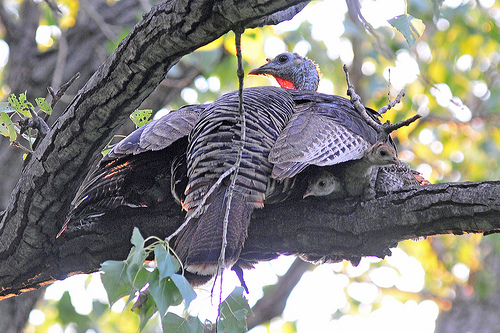
It’s Thanksgiving-eve! Surely everyone, if they’re even still at their desks, is waiting for the day to end so they can head home, or wherever they’re going for the holidays, and think about tomorrow’s feast. While few of the turkeys that will be eaten tomorrow are wild, I thought the holiday still merited a look at some of the loveliest photographs of these surprisingly beautiful birds.
Wild turkeys are birds of the “big woods,” requiring a range of anywhere from a few hundred acres to more than a thousand. Like all living creatures, they need reliable food and water sources, and places to take shelter, in order to survive. Turkeys roost in trees to rest and to protect themselves from predators.
The types of trees they prefer varies. According to Trader’s Creek, “Birds in the East generally inhabit dense, mixed-hardwood forests and river bottomlands adjacent to agricultural lands. Birds in the West and South prefer pine and oak forests near streams. Florida birds are found in oak and pine woods, palmetto flats and cypress bottomlands.”
Hm. Who knew they were so particular? Perhaps this has to do with the fact that there are five subspecies of wild turkeys in North America. I’m not sure which of these pictures is of which type of turkey (sorry, I’m not that good — yet), but the descriptions are still interesting.
The eastern wild turkey (M. gallopavo silvestris) is the most abundant and is found throughout most of the eastern United States. Its feathers have a copper-bronze sheen, and with a chocolate-brown tipped tail.
Merriam’s wild turkey (M. gallopavo merriami) populate much of the western half of the United States, from Montana to Arizona. It is considered the most adaptable of the five subspecies, and has a purplish bronze sheen with a buff-tipped tail.
The Rio Grande wild turkey (M. gallopavo intermedia) lives primarily in the south-central part of the continent, from Nebraska through Texas and into Mexico. It has a pale copper sheen, and a tail with a yellowish tip.
The Florida wild turkey (M. gallopavo Osceola) is found only in Florida (very sensible!) and looks very similar to the eastern wild turkey, but with darker wings and an iridescent, greenish-gold body color.
Gould’s wild turkey (M. gallopavo mexicana) is found in the southernmost areas of Arizona and New Mexico, edging in to northern Mexico. Gould’s turkeys have a bluish green sheen and a white-tipped tail.
We think of turkeys primarily as what we eat on Thanksgiving Day, but wild turkeys are an important part of the native animal population of North America. While they may look ungainly from afar, they are actually quite beautiful. If you’re lucky, hopefully you will have a chance to see some just being their turkey-selves and doing their turkey-thing in the wild.
We won’t be posting on Friday since it’s a holiday weekend, but everything will be back to normal on Monday.
Top image: NaturalLight
Reference


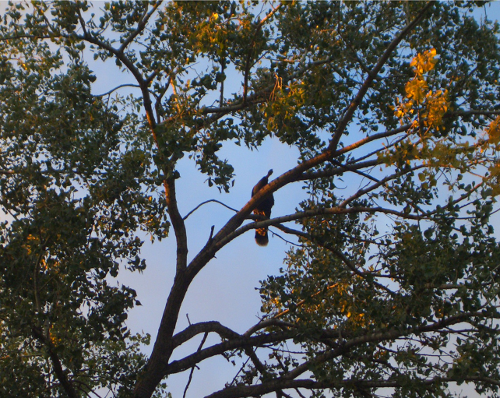
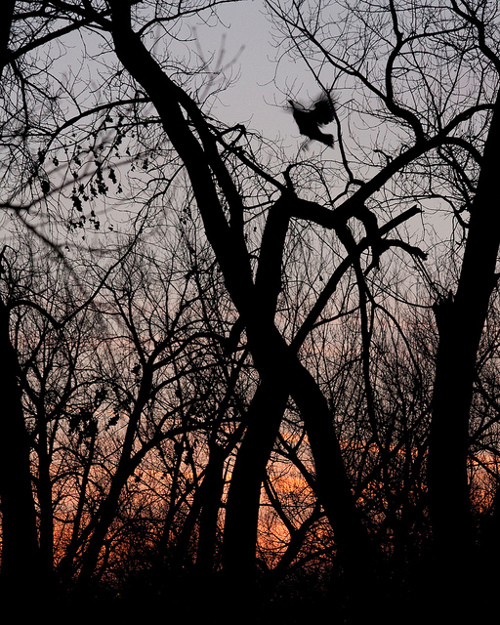
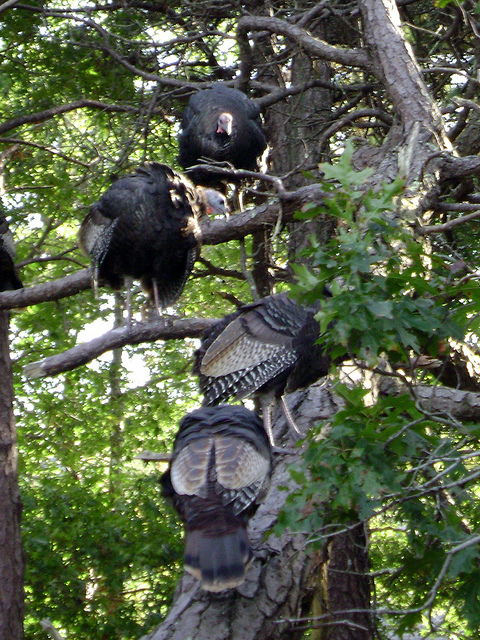
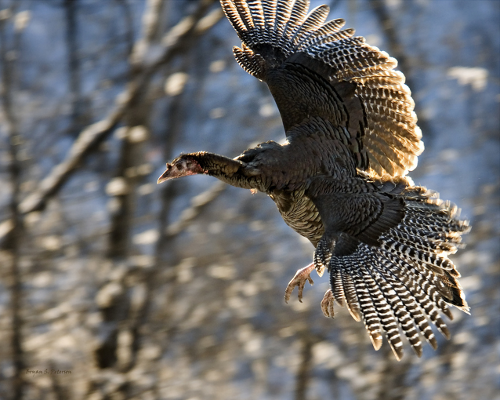
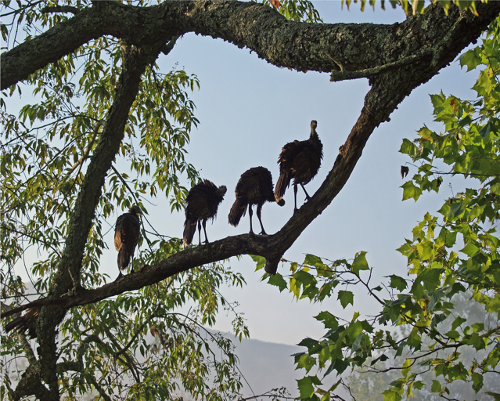
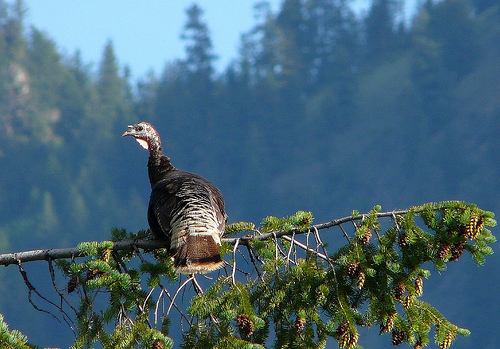
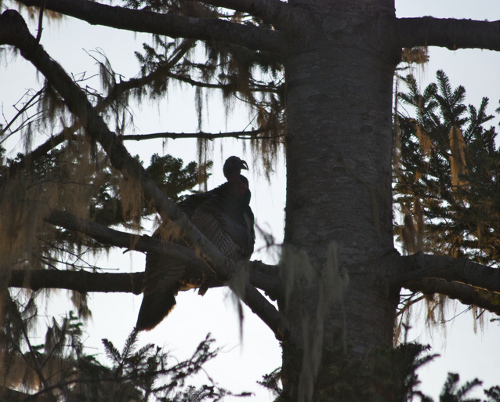
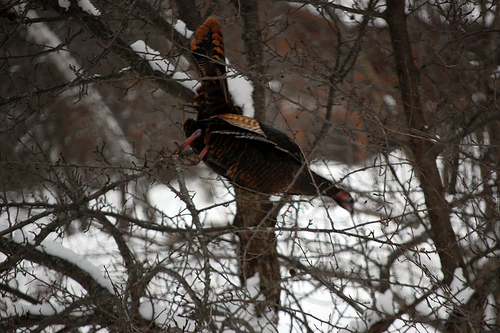
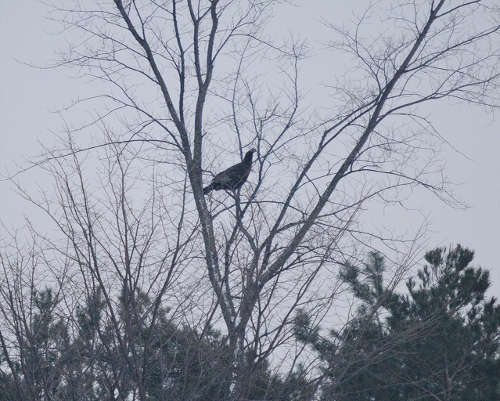




I love hiking at Rancho San Antonio in Santa Clara county because sometimes you can hear and see wild turkeys. Yay!